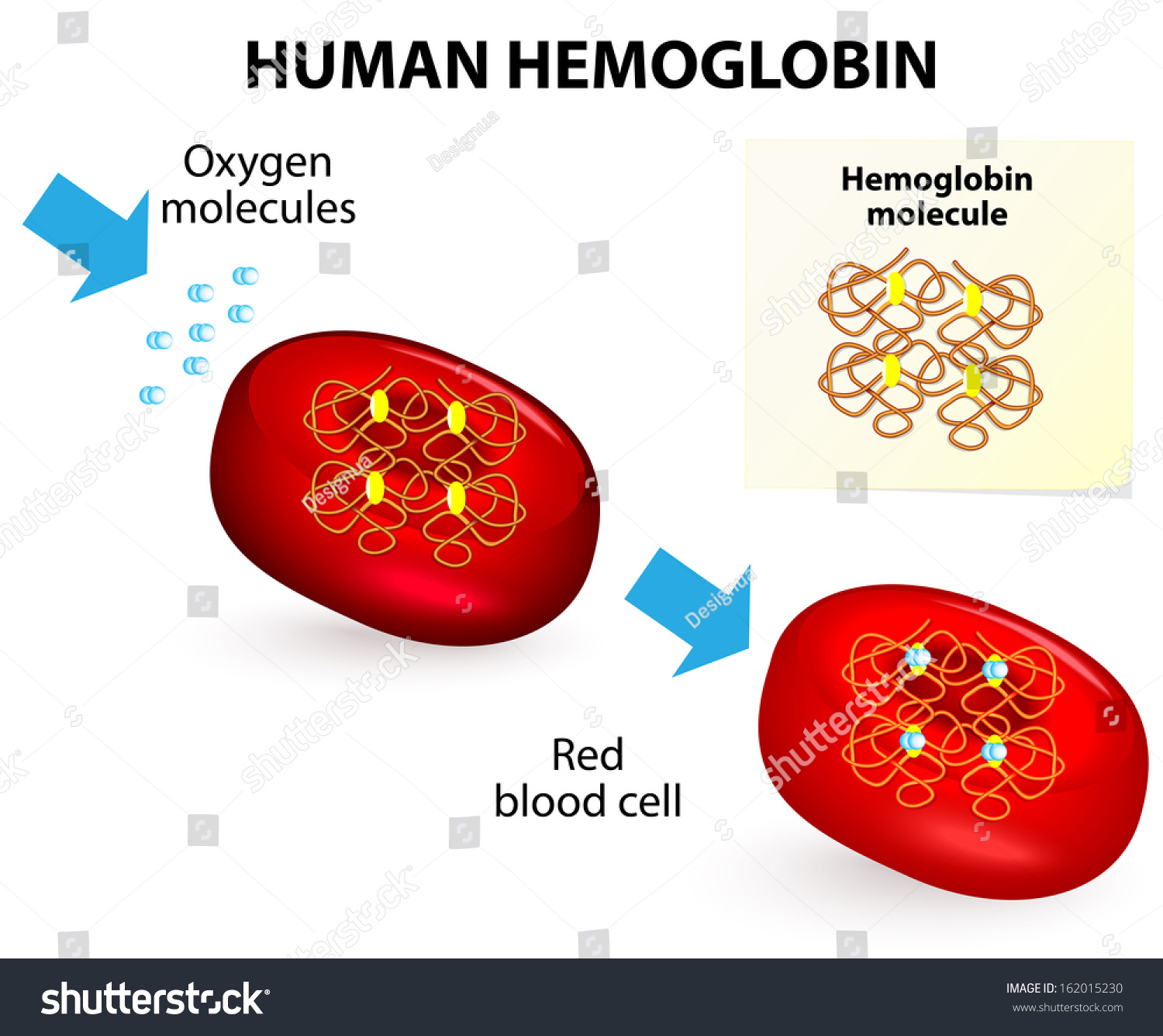A friend of mine messaged
me, saying, that their cousin had coronary heart disease. Now, I’ve heard of
this deadly disease, but was not fully versed with its origin, cure or any
other important facts about it. As such, I decided to do some research. Here’s
what I learnt, which I think is important, seeing that we spoke of blood’s role
in the transportation of oxygen.

Coronary heart
disease (CHD) is a disease in which a waxy substance called plaque builds up
inside the coronary arteries. These arteries supply oxygen-rich blood to your
heart muscle and other body parts. Coronary
artery disease (CAD) is the most common type of heart disease. It is the
leading cause of death in the United States in both men and women. However,
in the Caribbean research done, by the Pan American Health Organization, in
2014 suggests that more than 30% of our population is obese. What does this
mean? It means we consume a lot of fatty foods! Therefore, we are just as
susceptible to plaque/ cholesterol build-up overtime. So, it is important that
we take note.
When plaque builds up in the arteries, the condition
is called atherosclerosis. The buildup of plaque occurs
over many years.
In light of this information, our blood contains erythrocytes
with hemoglobin, that carry oxygen. When hemoglobin and oxygen combine, oxyhemoglobin
results. Therefore, after blood in the heart, obtains oxygen and becomes
oxygenated blood (has bright red color) it can’t be carried to the body
properly. So, the heart’s muscles and other organs of the body, don’t get their
regular oxygen supply. What does this mean? These organs get no energy to work
and so, YOU COULD POSSIBLY DIE!
Therefore, after blood in the heart, obtains oxygen and becomes
oxygenated blood (has bright red color) it can’t be carried to the body
properly. So, the heart’s muscles and other organs of the body, don’t get their
regular oxygen supply. What does this mean? These organs get no energy to work
and so, YOU COULD POSSIBLY DIE!
 Therefore, after blood in the heart, obtains oxygen and becomes
oxygenated blood (has bright red color) it can’t be carried to the body
properly. So, the heart’s muscles and other organs of the body, don’t get their
regular oxygen supply. What does this mean? These organs get no energy to work
and so, YOU COULD POSSIBLY DIE!
Therefore, after blood in the heart, obtains oxygen and becomes
oxygenated blood (has bright red color) it can’t be carried to the body
properly. So, the heart’s muscles and other organs of the body, don’t get their
regular oxygen supply. What does this mean? These organs get no energy to work
and so, YOU COULD POSSIBLY DIE!
How can you know that you have this disorder though?
Here’s a table of available tests, one can do:
Test
|
What does it do?
|
ECD or EKG (electrocardiogram)
|
Measures the electrical activity,
rate, and regularity of your heartbeat.
|
Echocardiogram
|
Uses ultrasound (special sound
wave) to create a picture of the heart.
|
Exercise stress test
|
Measures your heart rate while you
walk on a treadmill. This helps to determine how well your heart is working
when it has to pump more blood.
|
Chest X-ray
|
Uses x-rays to create a picture of
the heart, lungs, and other organs in the chest.
|
Cardiac catheterization
|
Checks the inside of your arteries
for blockage by inserting a thin, flexible tube through an artery in the
groin, arm, or neck to reach the heart. Health care professionals can measure
blood pressure within the heart and the strength of blood flow through the
heart’s chambers as well as collect blood samples from the heart or inject
dye into the arteries of the heart (coronary arteries).
|
Coronary angiogram
|
Monitors blockage and flow of blood
through the coronary arteries. Uses X-rays to detect dye injected via cardiac
catheterization.
|
Prior to these tests, let’s look at some symptoms to
be sure that you’re safe!
These would include:
1) Constant Chest Pain
2) Shortness of breath
3) A heart attack
However, these symptoms can be prevented, if we take
precautionary steps. They always say, precaution is better than cure!
The Center for
Disease Control and Prevention, gives some awesome precautionary tips:
·
Lifestyle
changes, such as eating a healthier (lower sodium, lower fat) diet, increasing
physical activity, and quitting smoking.
·
Medications
to treat the risk factors for CAD, such as high cholesterol, high blood
pressure, an irregular heartbeat, and low blood flow.
·
Surgical
procedures to help restore blood flow to the heart.
Now, I’m sure you may be asking for possible treatment;
especially, if you feel like you or someone else has the disease. You may also
just be curious. Well, the National Heart, Lung and Blood Institute provides
this information.
Treatment seems to include: healthy dietary and exercise
changes, quitting smoking, managing stress and medical treatment like Coronary Artery
Bypass Grafting (a type of surgery in which
arteries or veins from other areas in your body are used to bypass (that is, go
around) your narrowed coronary arteries. CABG can improve blood flow to your
heart, relieve chest pain, and possibly prevent a heart attack.) or Cardiac Rehabilitation (your doctor may prescribe cardiac rehabilitation (rehab)
for angina or after CABG, angioplasty, or a heart attack. Cardiac rehab
is a medically supervised program that may help improve the health and
well-being of people who have heart problems.)
However, as I have said
before, precaution is better than cure. So, cut down on the KFC, do more than
steal wifi and if you smoke or think about, please DON’T!It would also be wise ,to look at your family's history concerning high cholesterol and various heart diseases to prevent them.

Thank you for reading and
I wish you a life free from CAD! 🙋🙋🌝🌝🌝🌝🌝
https://youtu.be/puTqZP0ETfQ Ths youtube video, is awesome! Check it out for more information.
No comments:
Post a Comment